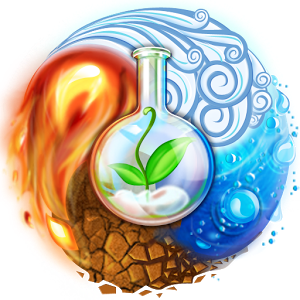Week 2: Frankenstein Letters 1-4 and Chapters 1-4
Week 2: Frankenstein Letters 1-4 and Chapters 1-4
“The Rime of the Ancient Mariner” by Samuel Taylor Coleridge
After our unexpected break week before last, we kicked off our second class by discussing and analyzing the very strange, but very important poem, “The Rime of the Ancient Mariner” by Samuel Taylor Coleridge.
“The Rime of the Ancient Mariner” was published in 1798 in Lyrical Ballads, a collection of poems that essentially launched the movement known as British Romanticism. The book contained works by Coleridge and his good pal, William Wordsworth. “The Rime of the Ancient Mariner” is one of the best representatives of the English ballad tradition. It was also the poem that Mary Shelley hid under the couch to hear at the age of nine—delivered orally in her home by none other than the author himself! It’s no wonder that Shelley included an allusion to the famous poem in her frame story (Letters 1-4).
“The Rime of the Ancient Mariner” has several hallmarks that would later become associated with Romanticism: elements of the supernatural, a deep sense of history, lots of dramatic images of nature, formal experimentation, and an interest in conversational language. It’s no accident that the novel, Frankenstein, shares many of these same elements!
It is also worth noting that the saying “an albatross around one’s neck” comes from this poem!

Letters 1-4 (The Frame Story)
After briefly going over the plot, symbols, and themes in Frankenstein (please refer to the Key Facts handout for a full list of symbols and themes),we summarized the events of Shelley’s frame story (Walton’s Letters) and read aloud two passages. We discovered that Robert Walton uses a lot of flowery language to convey really simple things that illustrate the novels’ themes. Each week we’ll read aloud at least two passages, translate them into everyday language, and identify which theme(s) the quotes illustrate or underscore. Please test your headsets before class to make sure they work!Everyone should have a headset with mic for class.
We then finished up our discussion of Letters 1-4 by sharing the answers to the questions we completed at home. Everyone is doing a great job! Our students have some terrific insights about this very complex material!
Chapters 1-4 (Frankenstein)
Time to move on to the novel itself! Before discussing and analyzing chapters 1-4 (in the same manner described above), we reviewed Round vs. Flat Characters and took a “Character Walk” — a fun tour of each of the main characters’ personality traits, quirks, strengths, and weaknesses. If you would like to refer back to the slides, you can find them here.
We also conducted a super quick unit study on alchemy and natural philosophy. What we now loosely call science—meaning the physical sciences—was until the mid-nineteenth century referred to as “natural philosophy.” Mary Shelley wrote Frankenstein in the heyday of British chemistry, and it is this branch of natural philosophy that is most implicated in Victor’s education and obsessiveness. He studies the outdated findings of alchemists with enthusiasm. He witnesses the destructive power of nature when lightning destroys a tree near his house. A modern natural philosopher accompanying the Frankenstein family explains to Victor the workings of electricity, making the ideas of the alchemists seem outdated and worthless. Victor attends university in Germany and is mocked by a professor for his intense adoration of obsolete ideas. Victor blames his father for letting him pull antiquated texts from his family’s bookshelves and study them with such reckless abandon (homeschool parenting fail!). Victor decides to merge some of the old ideas with the new, and voilà, let the digging up of body parts begin!

The Monster Project
After reviewing the requirements for Essay #1, I issued the following challenge: Using Mary Shelley’s description of the Creature in chapter 5, create your version of the Monster. Stay as true to Shelley’s description as possible. You can use any medium you like (colored pencils, watercolors, paint your own face, Legos (?), modeling clay, etc.). We’ll present these the last day of class and see how they compare to Shelley’s’ description and each other’s interpretations. I will be doing it, too!
Next up!
This week we have another 90-minute session. We have so much to talk about: the poetry of Percy Shelley (Mary’s guy), The Paradise Lost connection in Frankenstein, AND chapters 5-16 (oh, goodness!), PLUS our final essay on Frankenstein. I could use another six weeks for this one, folks! 🙂
“See” you Thursday!